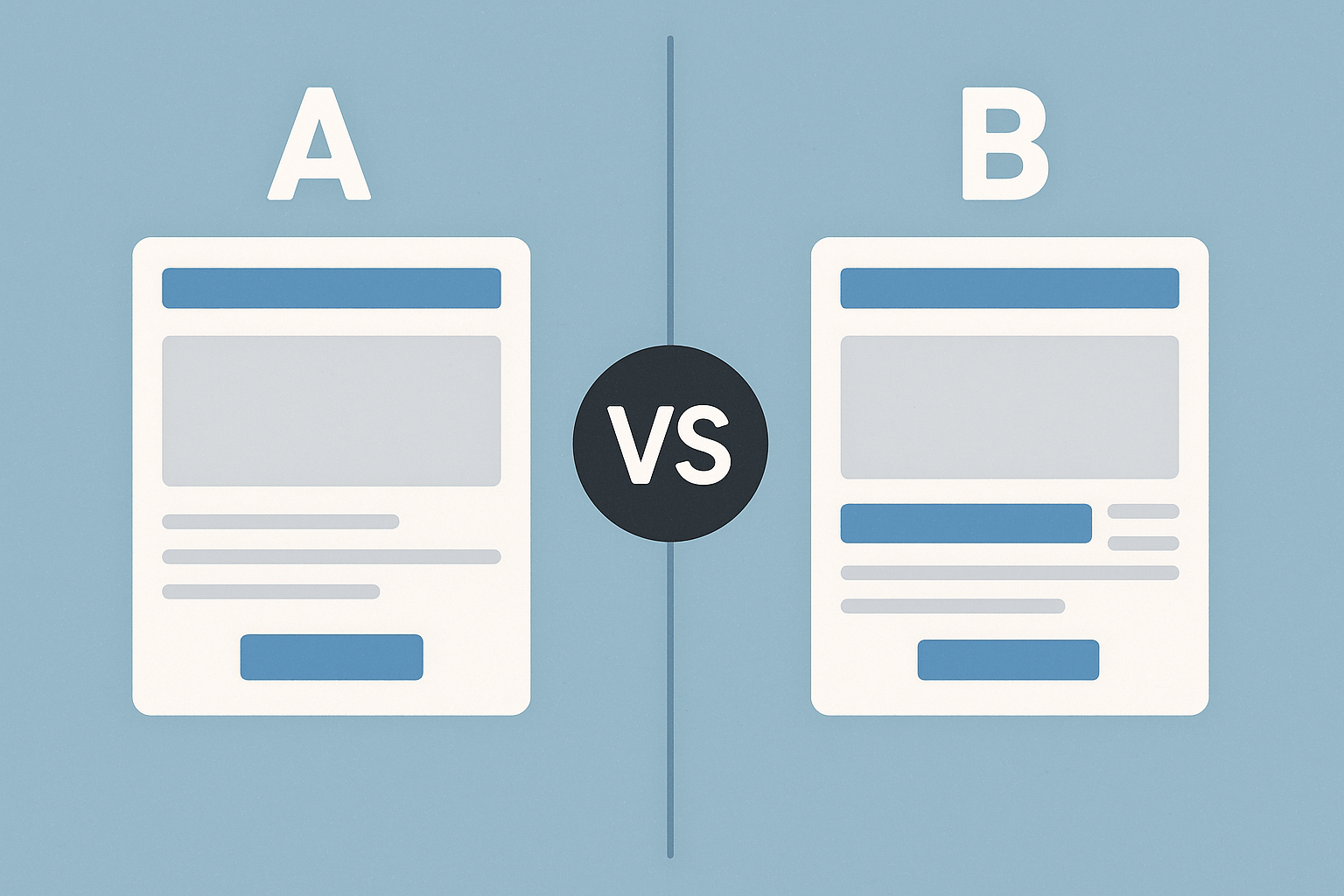

Every small business wants to know what actually works on LinkedIn - which messages get replies, which connection notes convert, and which tones build trust. The only way to find out is through experimentation.
But many businesses treat LinkedIn outreach like guesswork, changing everything at once or following advice that might not fit their audience. The smarter approach is controlled testing. A/B testing, long used in advertising and email marketing, is now one of the most effective ways to improve LinkedIn outreach and automation performance safely, predictably, and at scale.
LinkedIn is full of variables: tone, timing, personalization, message length, and call-to-action. Changing just one of those factors can dramatically affect reply rates.
A/B testing helps small businesses identify what resonates most with their audience before scaling campaigns. Instead of sending one “best guess,” you send two versions of a message, track the results and let data decide.
For sales teams, marketers, and recruiters using LinkedIn automation, this data-driven approach removes emotion and guesswork. It turns outreach into a measurable, repeatable process.
Try short vs. detailed connection notes. Example:
Test direct vs. conversational openings.
Experiment with CTAs that feel softer or more action-oriented.
Some audiences respond better to concise notes, others to a fuller narrative. Testing helps you find the ideal word count.
Send identical messages at different days or times. Wednesday mornings often outperform Fridays, but testing reveals what works best for your niche.
Small businesses need to test responsibly to avoid crossing LinkedIn’s activity limits or triggering restrictions. Safe testing involves:
Running controlled, low-volume experiments keeps your LinkedIn outreach safe while still providing valuable insight.
By tracking these, you can see not just who responded, but who moved forward.
If you’re not using a built-in analytics feature, you can still test manually.
This lightweight approach gives reliable insights even for very small businesses.
The goal isn’t just to “pick a winner.” Sometimes, a test reveals what not to do, which is equally valuable.
Automation helps manage A/B testing at scale but must be handled carefully. Use safe limits, human timing, and natural personalization. The most effective automation doesn’t replace experimentation, it simplifies it.
Small businesses can use automation to schedule variations, monitor results, and automatically pause underperforming versions, saving hours of manual tracking. (HINT: Alsona's mult-seat rotation speeds up testing time!)
A small SaaS startup wanted to increase demo bookings from LinkedIn outreach. They tested two follow-up messages after initial connection:
After 200 sends, Message B achieved a 47% higher reply rate and 22% more booked demos. The company rolled out the winning variation across campaigns, raising total pipeline value by 30% in one quarter.
The power of LinkedIn A/B testing isn’t in one-off improvements - it’s in building a culture of optimization. Small businesses that test consistently learn faster, adapt better, and outperform competitors who rely on guesswork.
Just like paid ads or email marketing, continuous testing in LinkedIn outreach leads to compounding performance gains.
A/B testing turns LinkedIn outreach from intuition into science. It’s how small businesses refine messaging, increase reply rates, and build sustainable pipelines. The key is simple: test one variable at a time, stay within safe activity limits, and let data guide your outreach.
With steady testing and thoughtful automation, any small business can transform its LinkedIn outreach into a predictable, high-performing growth channel.